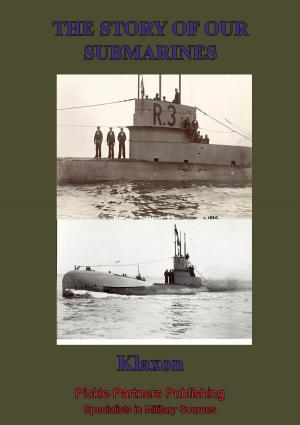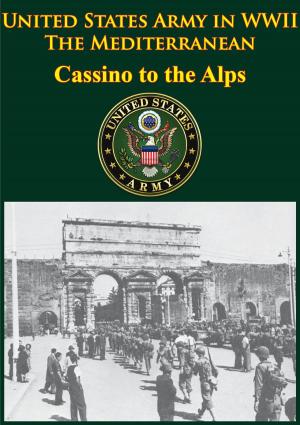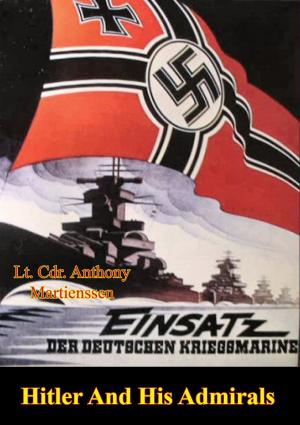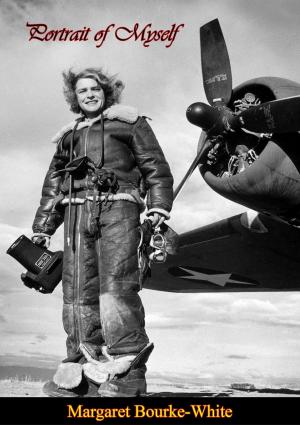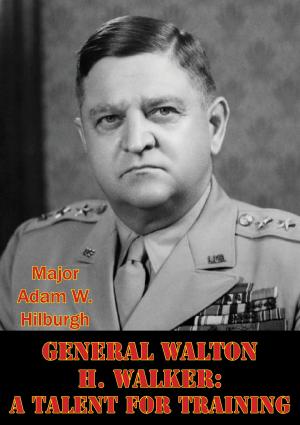The Enemy Objectives Unit In World War II:
Selecting Targets for Aerial Bombardment That Support The Political Purpose Of War
Nonfiction, History, Germany, European General, Military, United States| Author: | Major Brian P. Ballew | ISBN: | 9781782897880 |
| Publisher: | Lucknow Books | Publication: | August 15, 2014 |
| Imprint: | Lucknow Books | Language: | English |
| Author: | Major Brian P. Ballew |
| ISBN: | 9781782897880 |
| Publisher: | Lucknow Books |
| Publication: | August 15, 2014 |
| Imprint: | Lucknow Books |
| Language: | English |
In June of 1942, Eighth Air Force deployed to the UK and began preparation for a bombing campaign. However, during the initial planning efforts it became apparent the staff lacked the expertise needed to analyze and recommend bombing targets. Colonel Richard Hughes, the Chief Planner for American Air Forces in Europe, recognized this deficiency and requested a team to assist with target selection. The Enemy Objectives Unit (EOU), a team of civilian economists, began arriving in London in September 1942 to support the Eighth Air Force.
While formally assigned to the US Embassy in London, for practical purposes the team worked for Colonel Hughes. Using their economic expertise, EOU members studied the German industrial complex to identify vulnerabilities and then recommend to planners and senior leaders those industries the US Strategic Air Forces in Europe should target. Taking an effects-based approach, the team sought to maximize the efficiency and effectiveness of US airpower to produce the greatest effects on Germany’s war economy.
The EOU’s target selection methodology required intelligence data on enemy targets, an awareness of United States Army Air Forces bombing capabilities, and most importantly an understanding of military and political aims. To ensure selected targets aligned with military and political aims, the EOU regularly collaborated with air planning staffs and senior leaders. Three case studies highlight the interaction and collaboration that occurred between the EOU and Army Air Forces planners and leaders: prioritizing targets for Operation POINTBLANK, development of an Oil Plan following “Big Week” in Feb. 1944, and the recommendation to strike bridges versus marshaling yards prior to Operation OVERLORD. Each of these case studies demonstrates that the integration and cooperation between the EOU and air force leaders and planning staffs ensured that targets selected for aerial bombardment supported political and military objectives.
In June of 1942, Eighth Air Force deployed to the UK and began preparation for a bombing campaign. However, during the initial planning efforts it became apparent the staff lacked the expertise needed to analyze and recommend bombing targets. Colonel Richard Hughes, the Chief Planner for American Air Forces in Europe, recognized this deficiency and requested a team to assist with target selection. The Enemy Objectives Unit (EOU), a team of civilian economists, began arriving in London in September 1942 to support the Eighth Air Force.
While formally assigned to the US Embassy in London, for practical purposes the team worked for Colonel Hughes. Using their economic expertise, EOU members studied the German industrial complex to identify vulnerabilities and then recommend to planners and senior leaders those industries the US Strategic Air Forces in Europe should target. Taking an effects-based approach, the team sought to maximize the efficiency and effectiveness of US airpower to produce the greatest effects on Germany’s war economy.
The EOU’s target selection methodology required intelligence data on enemy targets, an awareness of United States Army Air Forces bombing capabilities, and most importantly an understanding of military and political aims. To ensure selected targets aligned with military and political aims, the EOU regularly collaborated with air planning staffs and senior leaders. Three case studies highlight the interaction and collaboration that occurred between the EOU and Army Air Forces planners and leaders: prioritizing targets for Operation POINTBLANK, development of an Oil Plan following “Big Week” in Feb. 1944, and the recommendation to strike bridges versus marshaling yards prior to Operation OVERLORD. Each of these case studies demonstrates that the integration and cooperation between the EOU and air force leaders and planning staffs ensured that targets selected for aerial bombardment supported political and military objectives.

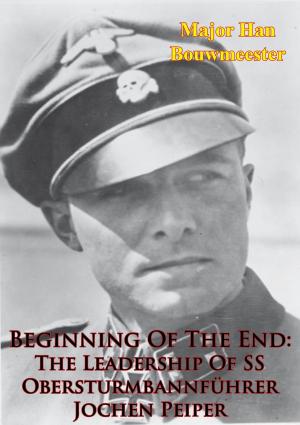
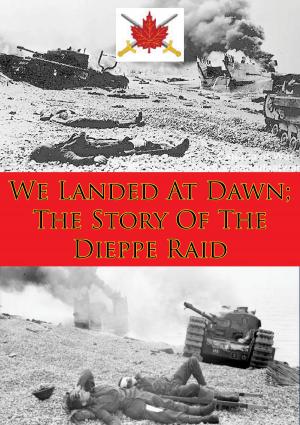
![Cover of the book ANZIO BEACHHEAD (22 January-25 May 1944) [Illustrated Edition] by Major Brian P. Ballew](https://www.kuoky.com/images/2014/august/300x300/9781782894629-iiVi_300x.jpg)


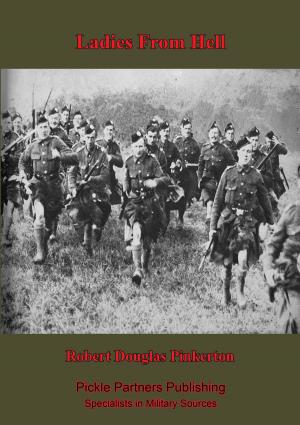
![Cover of the book Official History of the Royal Air Force 1935-1945 — Vol. I —Fight at Odds [Illustrated Edition] by Major Brian P. Ballew](https://www.kuoky.com/images/2014/august/300x300/9781782893417-2YpY_300x.jpg)


